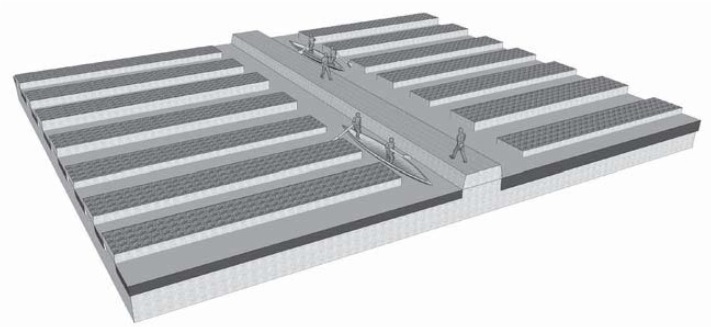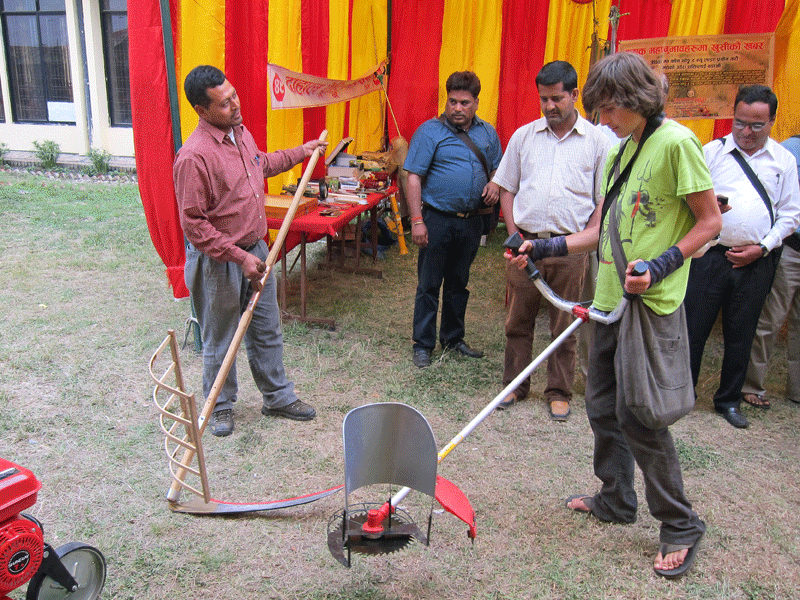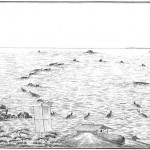“In contrast to the Western obsession to drain what are considered marginal wetlands for agriculture, farmers in the Bolivian Amazon may have intentionally expanded wetlands and wetland productivity through earthwork construction, which impedes, rather than enhances, drainage.
The precolumbian farmers did not use causeways as dikes to prevent inundation of fields and settlements, but rather to expand and enhance inundation for agricultural production.
At the same time, impounding water with well-placed causeways and the creation of canals improved and extended the season of transportation by canoe across the landscape. The grid-like structure also permanently marked land tenure in a highly visible manner.” [Read more…]






